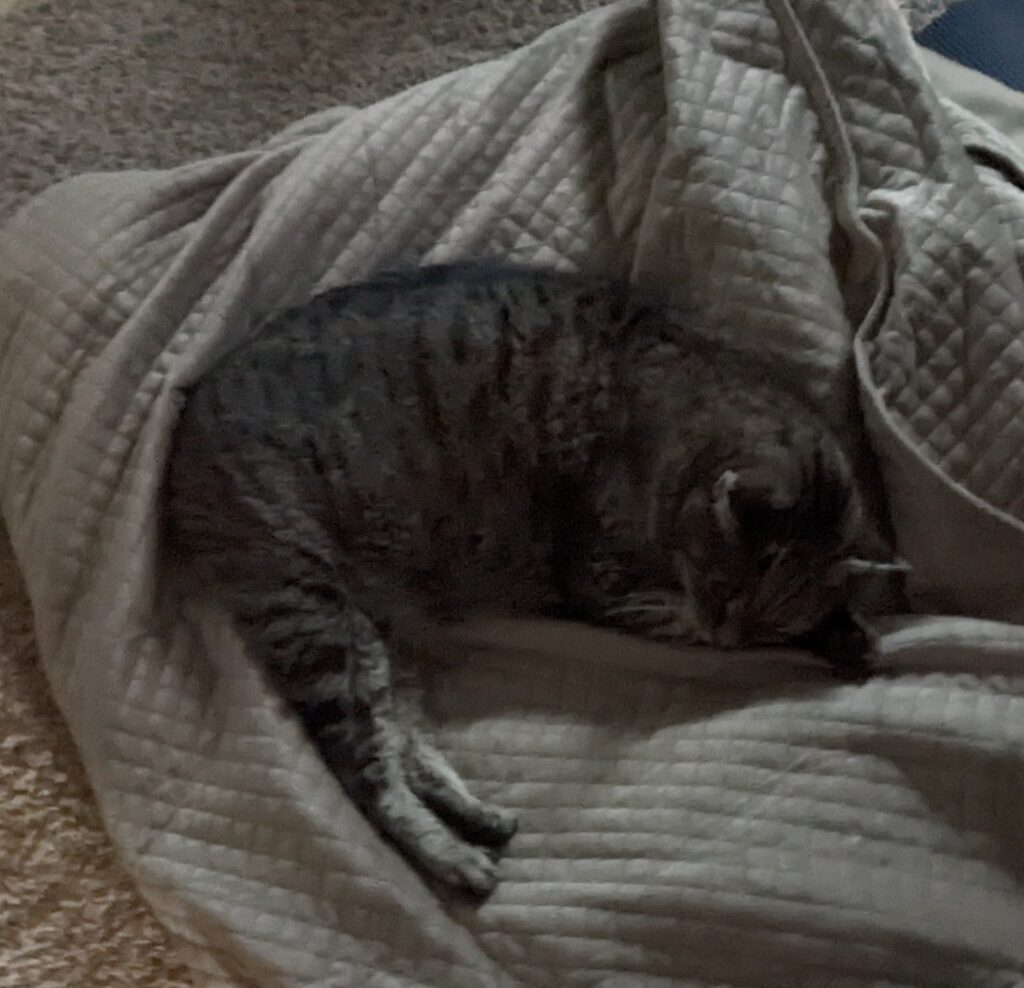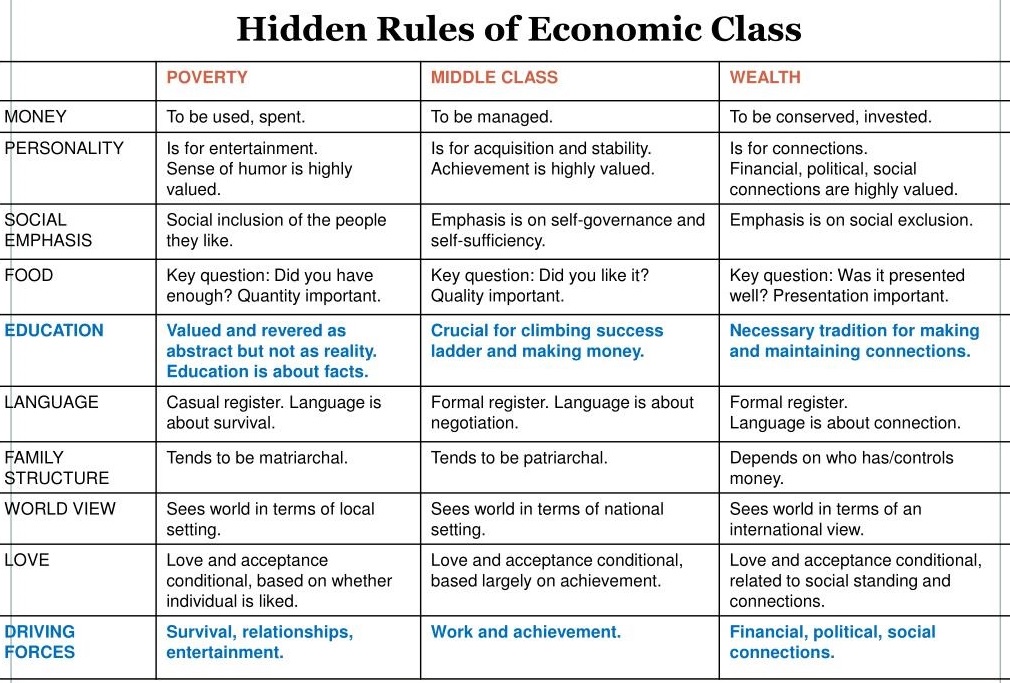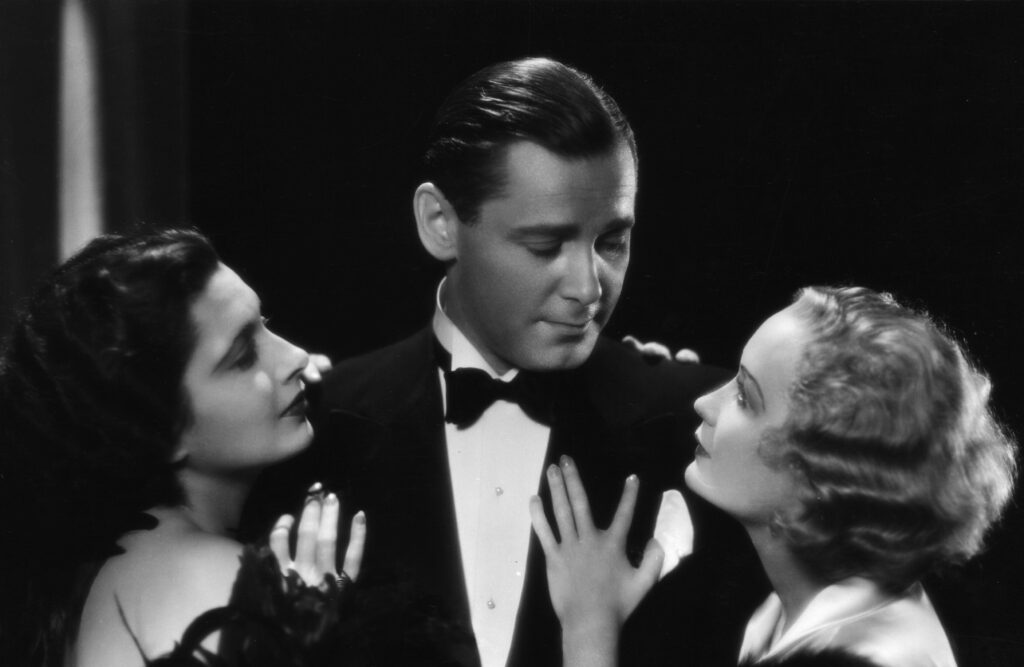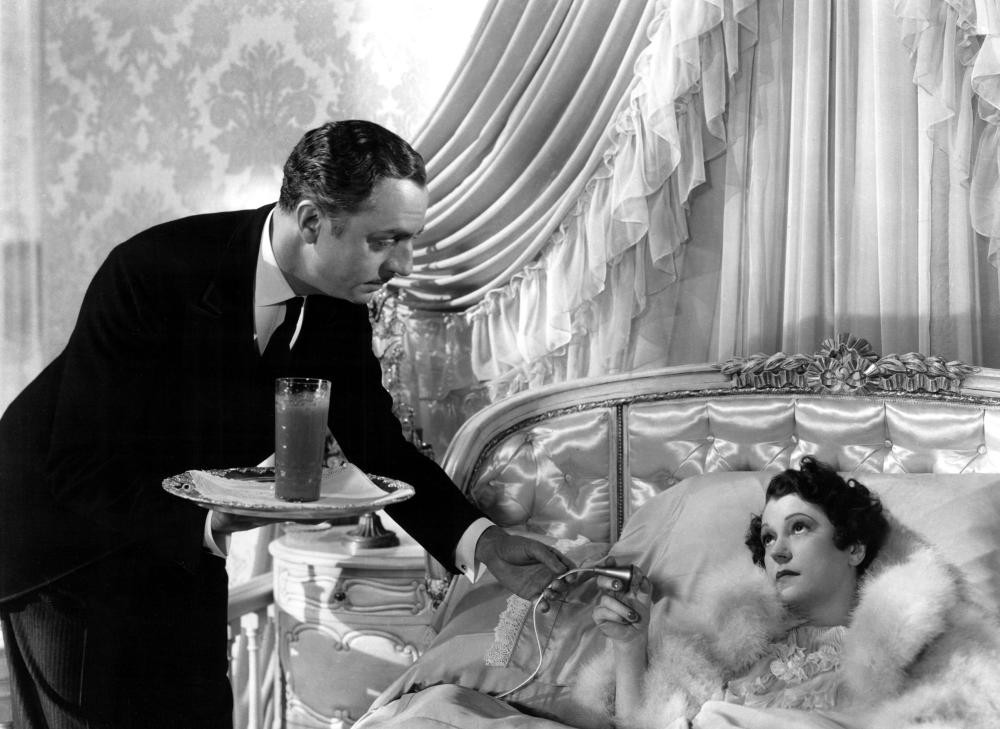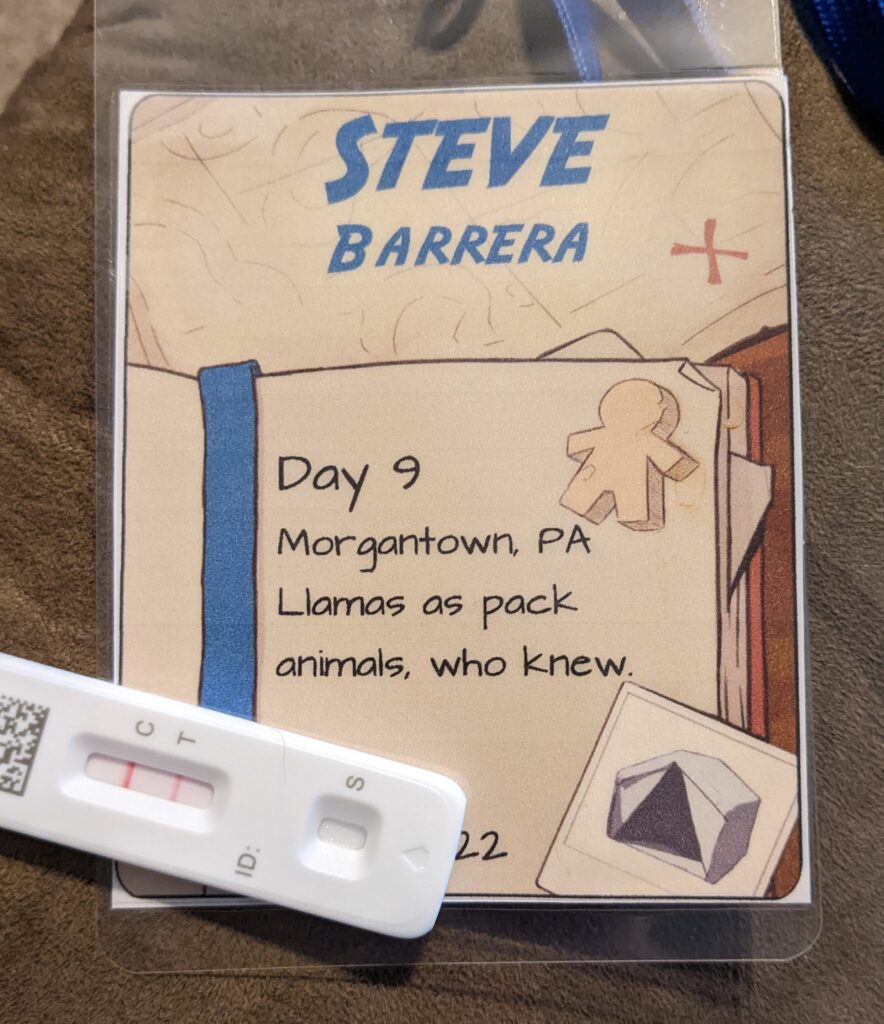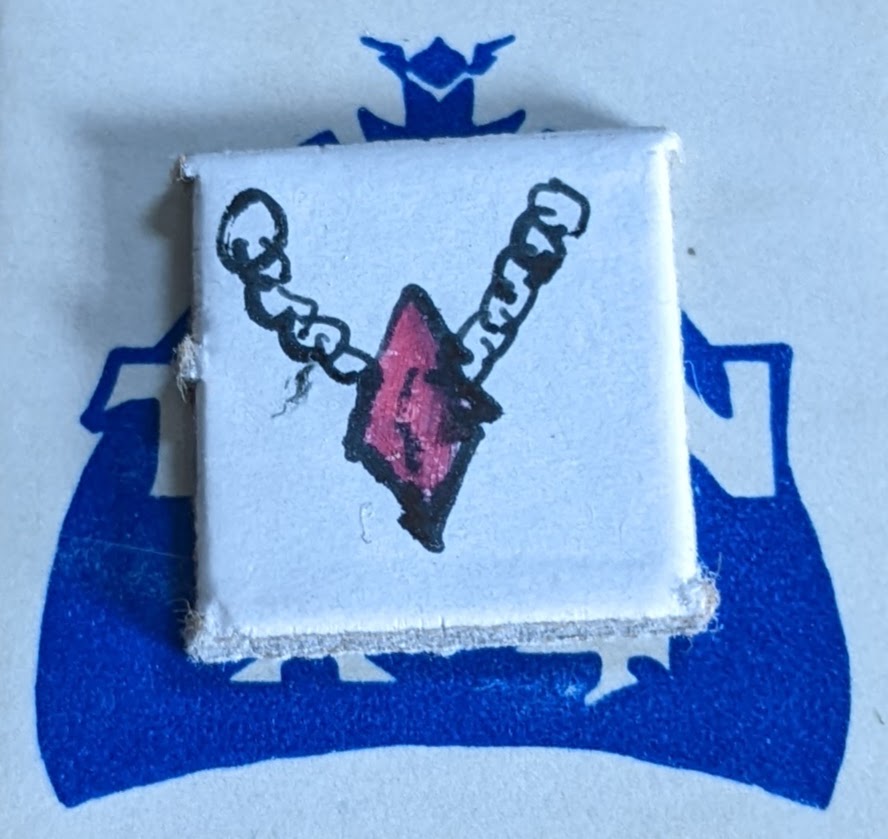Please Don’t Stick That in My Brain: Some Thoughts on the Past and Future of Cyberpunk

I’ve recently enjoyed a little foray into cyberpunk fiction. I watched the Netflix anime series Cyberpunk: Edgerunners, and also read the book on which it is ultimately based. Technically, the TV series is based on the video game Cyberpunk 2077, which is itself based on the tabletop RPG Cyberpunk. But the creator of the RPG has acknowledged that he was heavily influenced by the book Hardwired, by Walter Carlos Williams, which is the book I read. I could definitely see the influence, traced all the way back through this pop culture pedigree – in concepts, style, and even a little bit in content.
Typically, a story in this genre features protagonists who are marginalized outcasts, and also stylish and cool (that’s the “punk” part). They make a living as outlaws, and probably party hard in their free time (that’s the “edge” part). They have expertise with advanced technology, and interface with it using direct neural connections (that’s the “cyber” and “hardwired” parts). Their adversaries are powerful corporate conspiracies in a futuristic setting where multinational (or even multiplanetary) corporations have eclipsed governments. Think Blade Runner. It’s something about the zeitgeist of the time period when cyberpunk began (the dawn of the Reagan era) to imagine corporations replacing governments as the rulers of Earth. You might even think of it as sci-fi authors being characteristically prescient.
The anime series Cyberpunk: Edgerunners has all these genre features, in a slick, stylized package with a kind of pastel-colored 1980s aesthetic. To me watching it felt very much like sitting in on RPG sessions where a motley crew of adventurers go on missions, collect loot, and buy ever more powerful upgrades to their fancy cybernetic enhancements. In that sense it’s a fitting adaptation of the tabletop game and video game that are its ultimate source material. That’s not to say there’s no bigger picture or meaningful plot; there is an over-arching story and there is depth to the show. It’s very well executed, making it both an artful and an entertaining series. I should warn you, though, if you plan to watch it, that it depicts extremely graphic violence, as one would only expect from a roleplaying game (I’ve RPG’d a lot, and trust me, gamers love to live out their violent fantasies around the gaming table).
The signature element of the cyberpunk genre is undoubtedly the cybernetic implant – some sort of machine enhancement of the human body. Maybe it’s a weaponized appendage. Maybe it’s enhanced senses, like eyes that can see infrared. Or maybe it’s a chip in the brain that let’s you interface directly with computer systems, hacking into them in a virtual reality mode where you become a digital avatar travelling through cyberspace. In the original cyberpunk tradition, you typically have ports, in your skull or perhaps at the base of your neck, where you jack in to cyberspace by plugging in wires. These stories were all dreamed up before there was ubiquitous wifi, so it makes sense that writers would assume that was how to connect to a network. It’s like how in 1970s sci-fi people in the far future are using computers with monochrome CRT monitors. You could always argue that a direct wired connection would be faster and more reliable than a wifi connection, so it would still be desirable to have a USB port in your head, even in a cyberpunk future saturated with wifi networks.
In Cyberpunk: Edgerunners you have all these kinds of cybernetics. The specific ones that a character uses define a sort of character class for them; whether they are combat oriented – which could mean being strong and fast for hand-to-hand combat, or just very accurate with long range weapons – or a computer hacker, sneaking into the corporate networks while the combat characters watch over them or create a distraction. Sometimes drugs are needed to work with these cybernetics; specifically, in this anime, a character has to take immunosuppressants to prevent his body from rejecting his implants. In the book Hardwired, the characters took a stimulant drug which helped their nervous systems to interact with their hardware.
This sort of transhumanist idea of replacement cyborg parts has been around for decades now, but how close are we to neural implants in real life? We really only have implants which provide minor electrical stimulation for medical rehabilitation purposes; they sort of help an organ by giving it a little kickstarting jolt. Implants directly into the brain have been used to treat neurological or mood disorders, but all they are doing is alleviating symptoms with a tickle of electricity. They are a far cry from science fiction human-machine interfaces that link the mind to digital space. For that, we still have to rely on our old-fashioned senses, and put on a set of VR goggles. As for cybernetic body parts, well, the closest we have is myoelectric prostheses, which can pick up electric signals from the muscles, thus enabling the user to control the prosthetic. But this signal is picked up from the surface; no implant is needed.
The idea of direct neural connection to electronics, merging human consciousness with machines, remains a far-fetched sci-fi fantasy, like sentient androids or colonies on other planets. But it’s one which science fiction keeps revisiting. You may have encountered it recently in episodes of the anthology series Black Mirror, where people have devices in their brains or eyes which record everything that happens to them, or interface them with an augmented reality social network. These are simply used as vehicles for plots involving crime, troubled relationships, or people struggling for social acceptance. These stories could have been told without including imaginary technology, but the point is to look at modern life by extrapolating from current trends.
Today we engage with social media platforms on our pocket computer devices; will we someday be doing it via chips implanted into our brains, with a thought and a flick of the eye instead of a swipe of a finger? I’m going to say no, no we will not. But I guess it’s not impossible. Just not going to happen in our lifetimes, if ever. And if something like that did become available in our lifetimes, I would have to say nope, no thank you. I do not want a chip in my brain.
I do think it’s interesting how cyberpunk dystopias in the Blade Runner style – where edgy, marginalized protagonists use their cybernetic implants for leverage in high stakes, high risk adventure stories – have evolved into a style more like Minority Report, where boring dystopia participants meander through garish commercial hellscapes, desperate to find meaning in their existence. The awesome short video Hyper-Reality, reminiscent of a Black Mirror episode, captures this milieu perfectly:
I see this new kind of cyber-setting as a reflection of the overall shift in the zeitgeist – away from the free-wheeling times of my Gen X youth and toward the Millennial era, with its emphasis on group participation and consensus-seeking networks. It’s a friendlier, if more banal, kind of cyberspace. The stories are no longer the picaresque adventures of original cyberpunk, but instead Kafkaesque social commentaries, where the individual is stripped of all agency, and the audience is invited to gaze in horror at the bland nightmare that modern society has become.
The setting of Cyberpunk: Edgerunners could be seen as a holdover from the early days of cyberpunk, a place where some kind of individual achievement is still possible, like the video game worlds that are increasingly the domain of older generations. If only in our imaginations, technology can make us better. But even this anime has a warning about technological hubris, about which I won’t elaborate lest I spoil the show. I’ll just make this statement, though it is a cliché: if we rely too much on technology to enhance our capabilities, we risk losing touch with our true selves.

